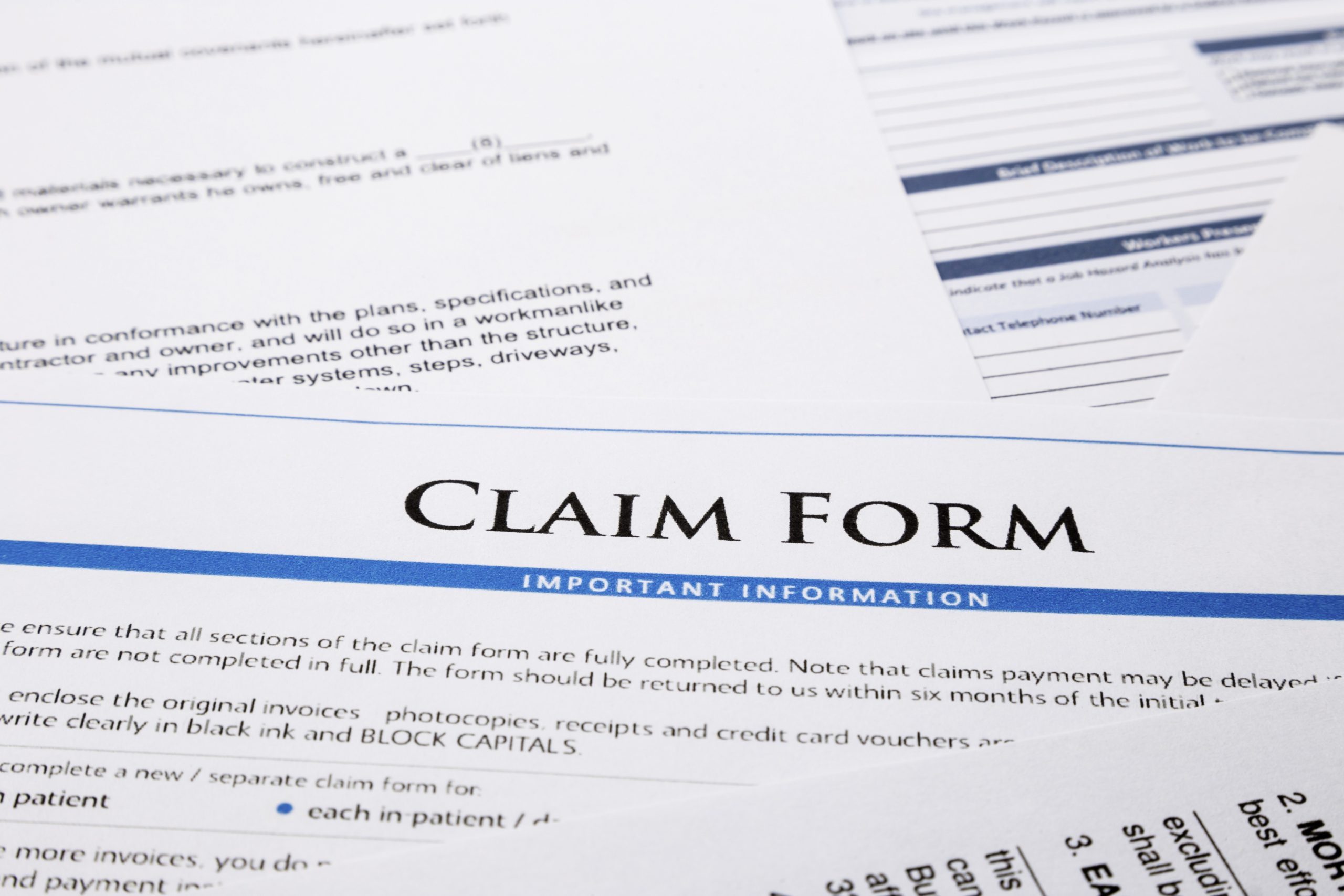Every driver in Pennsylvania is required to carry auto insurance. However, auto insurance in the Commonwealth is operated a little bit differently than it is in most other places around the country. Here, drivers can choose “no-fault” insurance or go with a more traditional type of insurance. No-fault insurance is referred to as “limited tort,” and a more traditional insurance is referred to as “full tort.” Here, we want more thoroughly explain the difference between limited and full tort insurance in Pennsylvania.
What is No-Fault Insurance in Pennsylvania?
Pennsylvania is one of a few states around the country that allows for some form of limited tort, or no-fault, car insurance.
Under this type of system, individuals will purchase insurance and then turn to their own insurance coverage in the event they are involved in a vehicle accident, regardless of who caused the accident. For example, if a person with no-fault insurance is struck by a distracted driver, they will still turn to their own insurance coverage to pay for injuries, not the at-fault driver’s insurance. This type of insurance will also pay for various other types of out-of-pocket losses sustained as a result of the incident, up to the coverage limits.
There are ways to step outside of the no-fault insurance system and file an insurance claim or third-party personal injury lawsuit against the at-fault driver, but the injuries must meet a certain threshold set in place by Commonwealth law. To meet this threshold, the injuries must be severe, including permanent disfigurement or impairment. Speak to a Philadelphia car accident attorney to learn more.
What is Full-Tort Insurance in Pennsylvania?
Individuals are certainly able to opt out of the limited tort or no-fault car insurance system in Pennsylvania and opt into a more traditional type of insurance system. This is called full tort insurance in Pennsylvania, and individuals in other states are likely very familiar with this type of insurance system.
In order to recover compensation if you have the full tort insurance option in Pennsylvania, the other driver must be found to be at fault for the incident. If another driver causes the crash, the injury and property damage victim will file a claim directly against the at-fault driver’s insurance carrier to recover compensation. Additionally, drivers will have the option of filing a lawsuit against the other driver, regardless of the severity of the injuries. There is no certain “threshold” of injury severity that must be met before a person can file a civil lawsuit.
Which Type of Insurance is Better?
There is no “better” type of insurance system in Pennsylvania to choose from. The reality is that each driver in the Commonwealth should fully examine the options available to them and then make the decision that works best for their preferences.
Limited tort insurance policies tend to cost less than full tort insurance policies, which means that many drivers choose the no-fault insurance system to save money. However, it is important to understand that the ability to recover compensation for every damage after an accident is more complicated when you have no-fault insurance. Full tort insurance does open your options to additional types of recovery.
